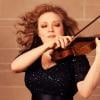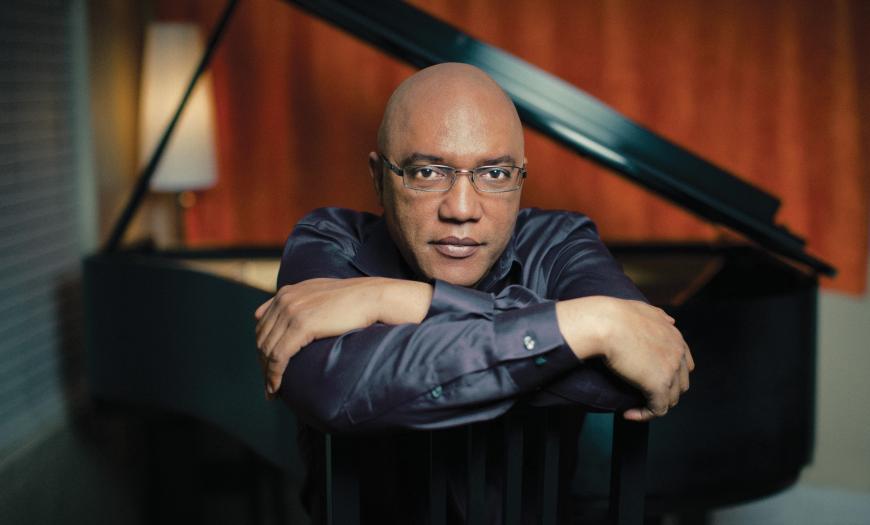
One of the most celebrated pianists in modern jazz, Billy Childs, in addition to being an award-winning arranger and producer, has also forged a formidable career in the world of classical music. That talent will be on full display at Walt Disney Concert Hall Nov. 18–19, when his world premiere, In the Arms of the Beloved, is performed by the Los Angeles Master Chorale. The 35-minute work, Child’s third commission from the esteemed ensemble, is a meditation on his mother and features 62 singers, the Billy Childs Jazz Chamber Ensemble, the Lyris Quartet, and acclaimed violinist Anne Akiko Meyers.
Born and raised in Los Angeles, Childs attended the Community School of the Performing Arts, a preparatory program sponsored by the University of Southern California, at age 16. He then went on to study at USC from 1975–1979, receiving a degree in composition under the teaching of Robert Linn. At 21, Childs joined trumpeter Freddie Hubbard’s band, staying for six years.
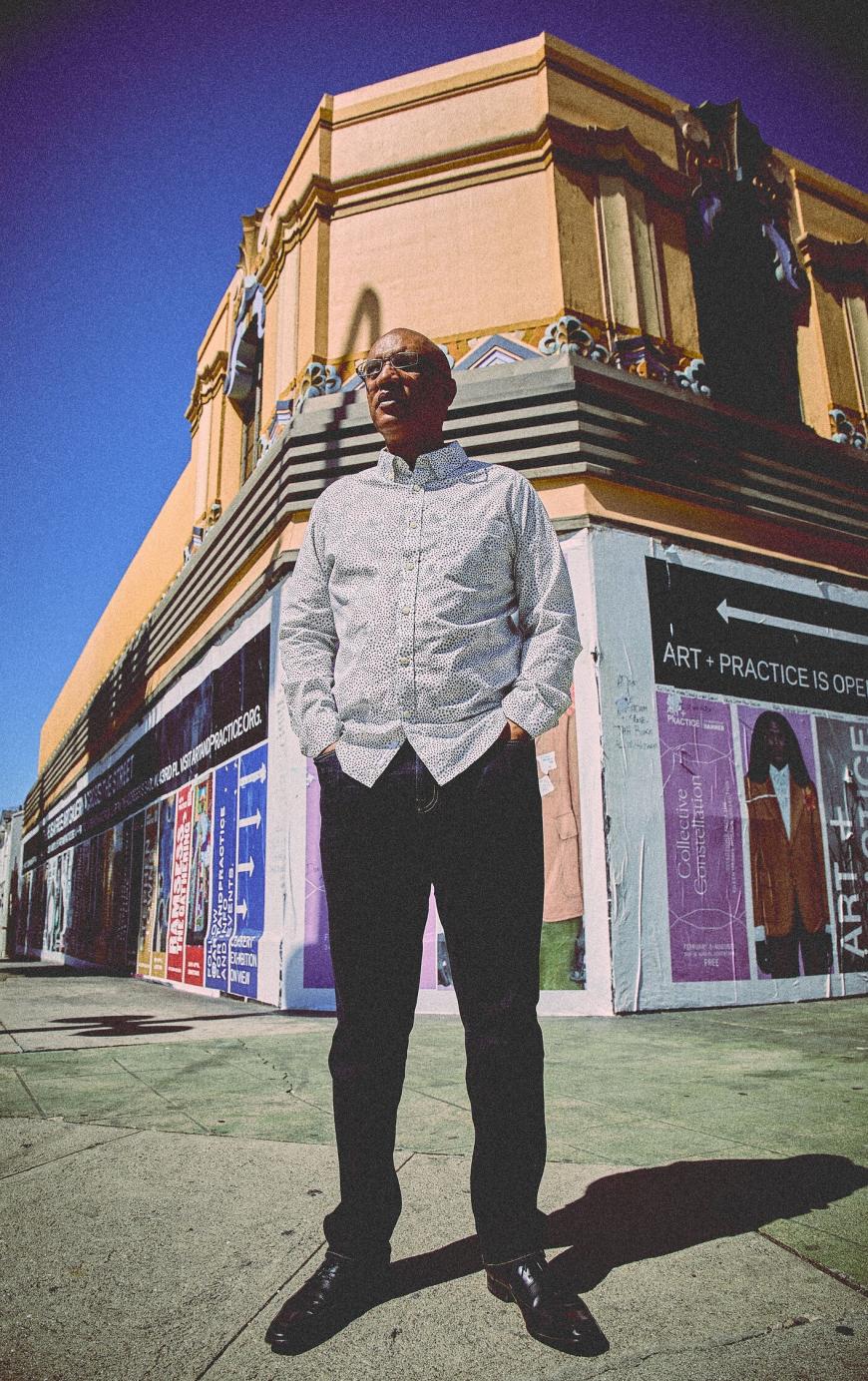
Since then, the pianist has performed with a variety of artists, such as Sting, Wynton Marsalis, and Jack DeJohnette. In 2005, Childs’s first album with his own ensemble, Lyric: Jazz-Chamber Music, Vol. 1, was nominated for three Grammy awards, winning Best Instrumental Composition for “Into the Light.” He’s snagged four other Grammys since then, and his latest recording, The Winds of Change, is nominated this year for Best Jazz Instrumental Album.
Among Childs’s numerous orchestral works are commissions from the Lincoln Center Jazz Orchestra, the Los Angeles Philharmonic, and the Detroit Symphony Orchestra, while his jazz commissions include works for the Monterey Jazz Festival and the Henry Mancini Institute.
As for awards, Childs received a Chamber Music America composer’s grant in 2006 and a Guggenheim Fellowship in 2009. He was given a Doris Duke Performing Artist Award in 2013 and an award in music from the American Academy of Arts and Letters in 2015.
SF Classical Voice caught up with the fiendishly busy Childs, who was happy to take a deep dive into, among other topics, his ongoing work with the Master Chorale, his compositional process, and the art of “active listening.”
In the Arms of the Beloved is your third world premiere with the Master Chorale, the first being The Voice of Angels in 2005, followed by In Gratitude in 2017. How would you describe your relationship with the ensemble and Artistic Director Grant Gershon?
I don’t even know how to begin, but he’s transformed the Master Chorale. It was already incredible when he took over from Paul Salamunovich [in 2001], and [Gershon] transformed it into this cutting-edge [ensemble] commissioning new and interesting composers, and therefore, it’s a major component in pushing choral music into the future. One thing he did for me that I really appreciate: I have this career as a jazz musician and pianist, and a lot of people, because of that, they say, “Oh, you’re a jazz person,” and that colors their impression of what you’re going to write. Grant never did that.
He just looked at me as a composer and [thought] the Master Chorale would be a [good] fit. He always made me feel part of the Master Chorale family. My relationship? I look at it as — even though he commissions me and has the final word if something is greenlit — a collaboration or a partnership, like a friend who you’re working with on something cool.
Grant’s also such a musical genius in terms of being a conductor and musician. He can sight-read anything. I was looking at the score with him the other day, and he understood the music. I gave him the score before, then when we were working out logistics, he knew the piece as well as I do.
What was the genesis of In the Arms of the Beloved, which will be paired with Morten Lauridsen’s 1943 masterpiece, Lux Aeterna?
I’ve been thinking about my mother a long time. She passed away a month before 9/11, on Aug. 10, 2001. She had Alzheimer’s, and my sister Joy was the main caretaker. Everything that I do, I think, is pretty much influenced by her and my father. I’d [also] known that Lux Aeterna, by Skip [Lauridsen], was inspired by the death of his mother, too. It’s such an emotionally evocative piece that I wanted to get to that place.
[So] I thought, “Maybe this piece should be about my mother.” I had always been thinking about how beautiful and profound Lux Aeterna was, and it was a way for me to dig deeper into my thoughts about my mother and translate that through a musical medium. The chorus was the perfect opportunity to do that.
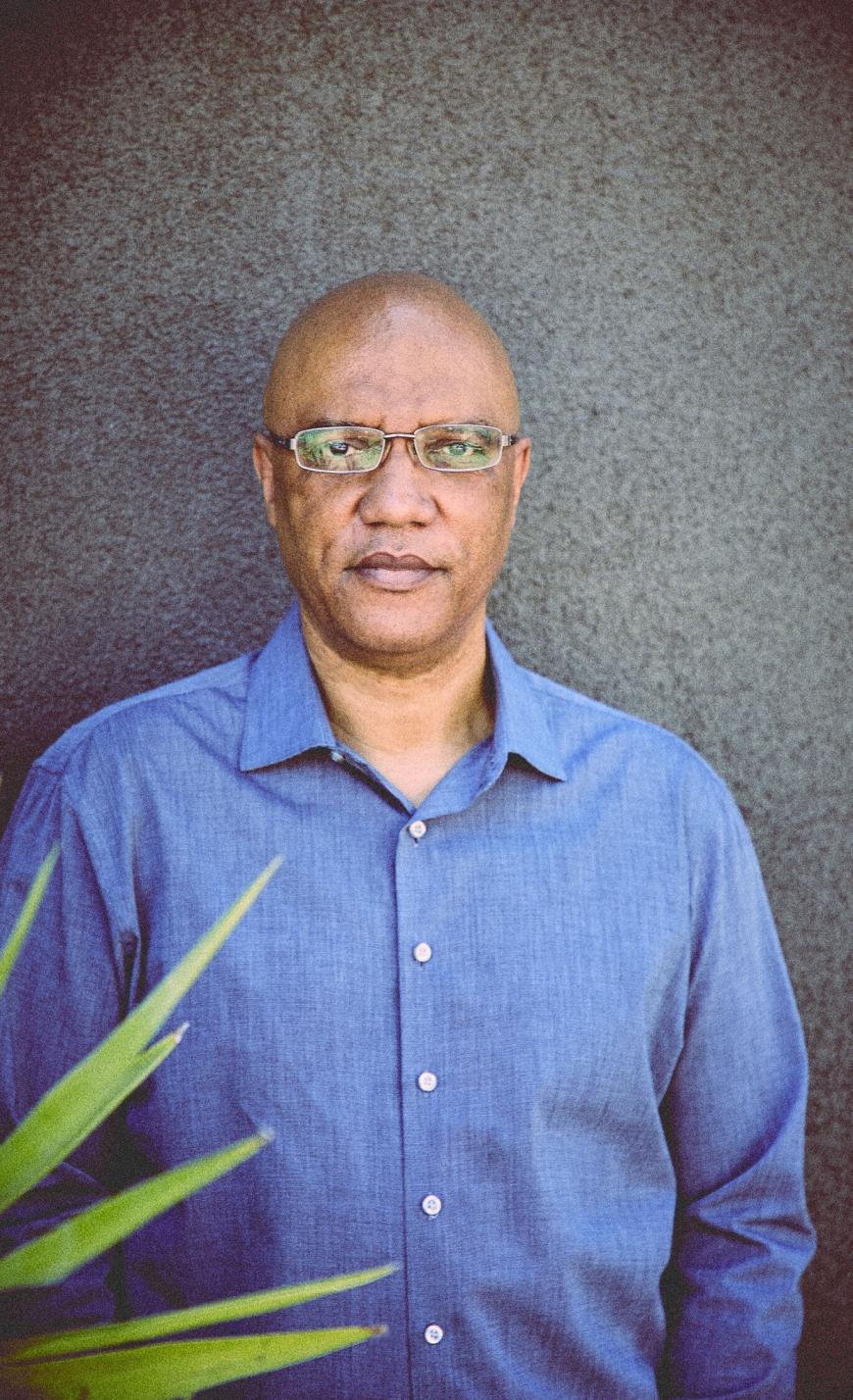
And the libretto is from a poem by Rumi?
Yes, I selected a Rumi poem about the afterlife and death, how your spirit is just housed in this human body for a finite period of time [and] then gets free. There are a lot of analogies to birds taking flight in the poem, which I really liked.
When I talked about the idea with Grant — how I wanted it to be about my mother — at first I thought about using some of my poetry, but then I found “Gone to the Unseen” by Rumi, as translated by this American poet, Coleman Barks. I thought it was beautiful — the imagery, too. It said everything I wanted to say about [the subject]. My lyrics were going to be too literal, so I wanted this to be more open-ended. Different people have different ideas about death, and I didn’t want to inject my specific ideas, so I thought this poem expressed it in a way that was relatable to many different beliefs.
You’re performing with your ensemble: you on piano, guitarist Larry Koonse, harpist Carol Robbins, drummer Christian Euman, and bassist Dan Chmielinski. The Lyris Quartet is also part of the work, as is violin superstar Anne Akiko Meyers. Why this musical combination, and what about the conducting aspect?
That configuration is very comfortable for me. It’s something that I’ve written a lot of music for, and it gives [the piece] kind of an orchestral sound, a chamber sound. The Lyris is amazing, and I’ve worked with them a lot. They’re the quasi-orchestra, the strings in this piece. Sometimes I write very specific string quartet music — a lot off jazz chamber music is centered around a string quartet.
[Regarding conducting,] Grant and I got together to figure out the logistics. I sometimes lead from the piano, but he’s in charge of the chorus. There are some instances in this piece [when] certain parties take a lead. Sometimes it’s Anne, sometimes it’s me, sometimes it’s the chorus [or the] string quartet.
Speaking of Anne Akiko Meyers, is this your first time working with her?
I met her when we were both working with [trumpeter] Chris Botti, maybe 12 or 13 years ago. We parted ways, and I had no idea who she was — how incredible she was. Then I started hearing all of this stuff. I heard her play the [Samuel] Barber [Violin] Concerto and [some of John] Corigliano’s works.
The next time I saw her was at the Ambassador [Auditorium]; she played [Lauridsen’s] O Magnum Mysterium with the Pasadena POPS, [and] we started talking about this project, that I would love to write something.
You seem to have a particular fondness for the violin, having composed two concertos, with the most recent having been premiered at the Hollywood Bowl last summer by Rachel Barton Pine and the LA Phil.
I have an affinity for violin now because I’ve written so much for it — how certain opportunities come, and you just do them. That’s what happens. The violin-concerto commission happened after I was still talking about doing this piece [with the Master Chorale]. I told Anne that she would be my mother’s voice, that’s what I wanted the violin to be.
Is your process the same when composing jazz as opposed to writing a classical work?
It’s the same in the sense that I look at each project that I’m doing as an individual thing unto itself. I don’t think, “This is the jazz thing. I’m going to go this way,” or, “[With] classical, I’ll do this.” The music should be relatable in some way — through melody, the story — to people. It should have a depth, layers, substance — whatever that is. Most of the time, I’ll write something and not worry about the label.
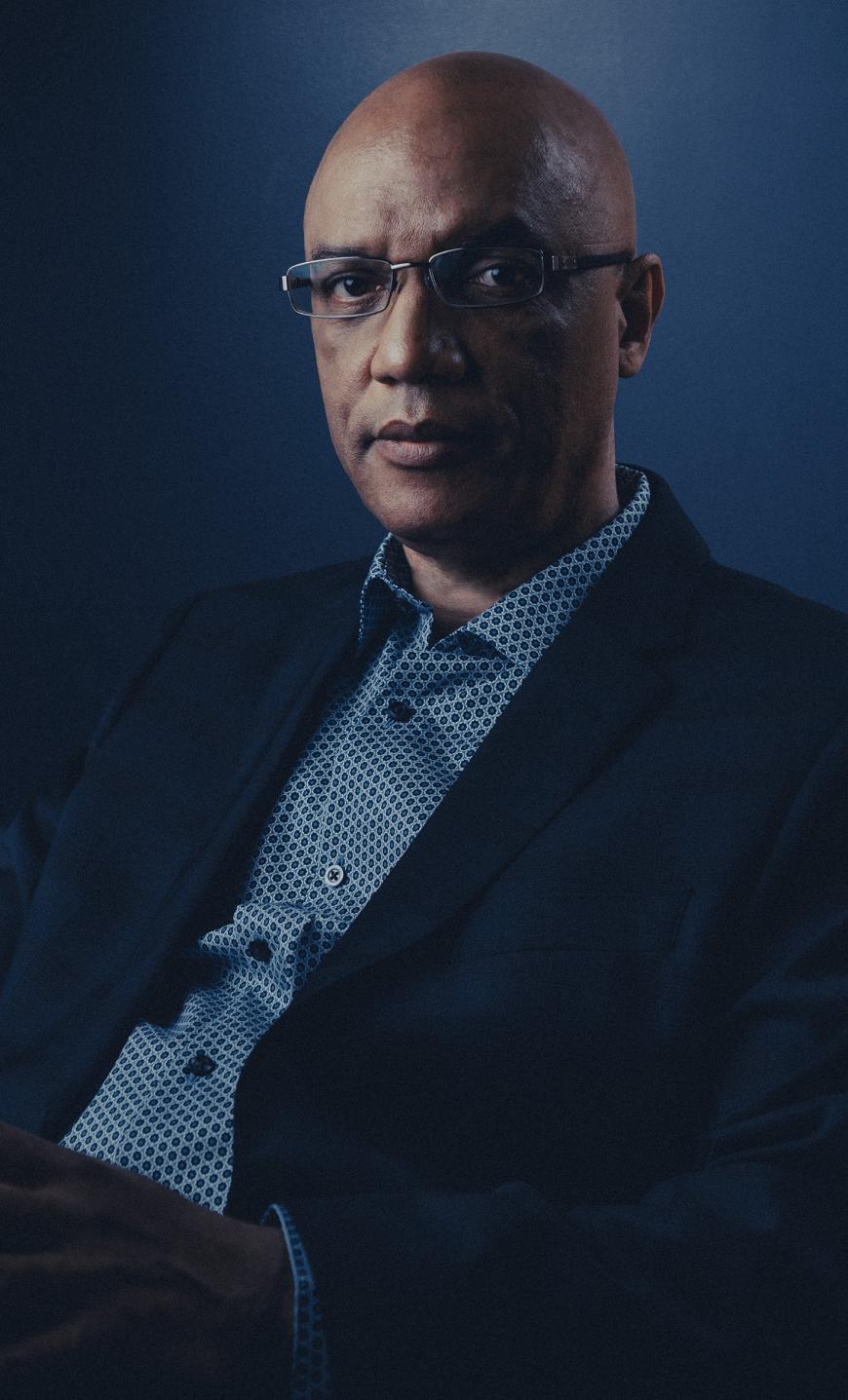
You’ve said that your music is for people who engage in “active listening.” Can you elaborate?
Active listening is simply the kind of listening you do, the kind of listening I do, the kind anybody who is a lover of art does. When you listen, your mind is interacting with the music so that the music is causing your mind to conjure things, images, feelings. You interact, and that’s a much more holistic, deep relationship with the art. It makes it possible for the art to heal you or enlighten you.
But it takes effort on the listener’s part, whereas passive listening — listening to music with the intent of escaping or lulling yourself into a stupor — is like wallpaper. You don’t engage in it. It’s just a sound that goes past any kind of aesthetic consideration and goes straight into your body, which is fine, but I prefer active listening.
Ditto! And given that aspiring jazz/classical pianists and/or composers are listening to you, what advice do you have for them?
My two-dollar thoughts? First of all, I think [for] people who want to get into music and want to compose or play: Always have faith that your ideas are valid, that they’re good. A lot of times when you hear somebody do something, you’re blown away by it and think, “I can never do anything like that.” You’re right, because they’re the ones doing it, and the reason things sound amazing is each new moment is a surprise, a new discovery.
It’s something that would not have occurred to you to do. But by the same token, something you come up with is something that wouldn’t have occurred to them. The thing to do is work like hell to make it listenable. Which means listening to the masters, listening to people like Herbie Hancock.
I’d be remiss if I didn’t mention that you’ll be at the legendary jazz club The Baked Potato Dec. 29–30, with Jimmy Johnson on bass, Andrew Renfroe on lead guitar, Christian Euman on drums, and you on Fender Rhodes. Why is this gig important to you, and why not play acoustic piano?
This is electric, aggressive music, [and] I’m playing the Fender Rhodes because they don’t have a piano there. That’s not the kind of place it is. I’m [also] glad it’s still around, and that’s one of the reasons I play there. It’s a part of L.A. history. It’s a club that persisted in presenting live music that has a certain level of excellence. They do it, they keep doing it, and they break their necks doing it. It’s not easy to have a club in L.A., and I want to support them by being there. I love playing there. They treat me well, and I’m a player — a classical composer — but I’m a jazz pianist, too.


